|
Di seguito gli interventi pubblicati in questa sezione, in ordine cronologico.
A new study conducted by the Tokyo Metropolitan Institute of Public Health, and published in the newest issue of the Journal of Pharmacy and Pharmacology, has found that cannabinoids can reduce up to 90% of skin cancer in just a 20 week period. (http://onlinelibrary.wiley.com/doi/10.1111/jphp.12082/abstract)

For the study, researchers used synthetic cannabinoids (natural, cannabis-derived cannabinoids are typically even more effective) on mice with skin cancer in a 20 week study, and found that the cannabinoids had a hugely positive effect, reducing skin cancer by up to 90% as well as "inhibiting tumor promotion".
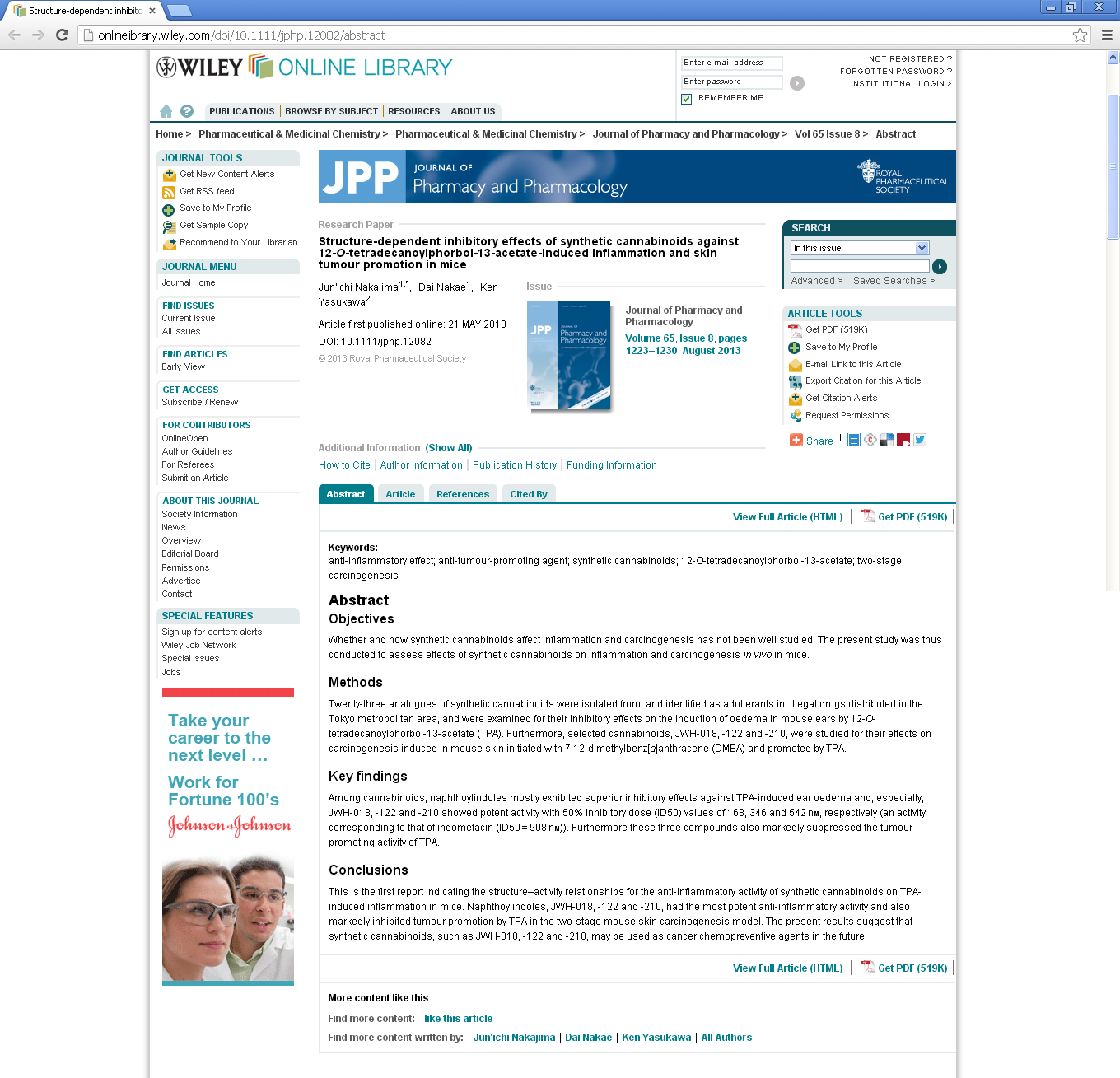
Researchers conclude:
"This is the first report indicating the structure–activity relationships for the anti-inflammatory activity of synthetic cannabinoids on TPA-induced inflammation in mice. Naphthoylindoles, JWH-018, -122 and -210 [synthetic cannabinoids], had the most potent anti-inflammatory activity and also markedly inhibited tumour promotion by TPA in the two-stage mouse skin carcinogenesis model. The present results suggest that synthetic cannabinoids, such as JWH-018, -122 and -210, may be used as cancer chemopreventive agents in the future."
Source: TheJointBlog.com - link to image: http://www.turismoassociati.it/public/cannabis-WileyOnLineLibrary-9.PNG
The research was conducted by the Washington University School of Medicine in St. Louis. The Nanoparticles carry melittin, which is the principal active component of bee venom. Melittin fuses with the HIV virus and destroys it’s protective envelope while molecular bumpers prevent the nanoparticles from harming the body’s normal cells. Bee venom is known to disrupt cellular walls and destroy tumour cells as well.
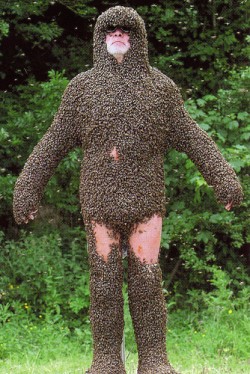
Bee venom contains a potent toxin called melittin that can poke holes in the protective envelope that surrounds HIV, and other viruses. Large amounts of free melittin can cause a lot of damage. Indeed, in addition to anti-viral therapy, the paper’s senior author, Samuel A. Wickline, MD, the J. Russell Hornsby Professor of Biomedical Sciences, has shown melittin-loaded nanoparticles to be effective in killing tumor cells.
The new study shows that melittin loaded onto these nanoparticles does not harm normal cells. That’s because Hood added protective bumpers to the nanoparticle surface. When the nanoparticles come into contact with normal cells, which are much larger in size, the particles simply bounce off. HIV, on the other hand, is even smaller than the nanoparticle, so HIV fits between the bumpers and makes contact with the surface of the nanoparticle, where the bee toxin awaits. (1)
Most anti-HIV drugs inhibit the virus’s ability to replicate. This is an anti-replication strategy that does nothing to stop the infection, and many strains of the virus have found ways around these drugs and continue reproducing. Given this discovery, a new vaginal gel could possibly be used in places where HIV is prominent. It can be used as a preventative measure to stop the initial infection and prevent the spread of HIV. The bee venom HIV study was published a several days ago in the journal Antiviral Therapy.
More than 34 million people are living with HIV/AIDS worldwide, and over 3 million of them are under the age of 15. Everyday, thousands of people contract HIV around the world.
It is also important to note the debate surrounding HIV and AIDS. Findings suggest there is not solid scientific evidence that exists today to prove the existence of HIV. AIDS is also under great debate as in some countries it is considered to be one thing while in another, it is something totally different. One can literally be diagnosed with AIDS in one country but not in another. AIDS is often is simply a term for a HUGE umbrella of potential diseases. The only common factor found amongst definitions is if the body’s T-cell count reduces below a specific level. Why is there such a lack of distinction about what AIDS truly is? Why so many different definitions?
“Because it has been surrounded with so much emotion, very few people are capable of looking at AIDS logically.”
- Mark Gabrish Conlan, AIDS researcher
“If there is evidence that HIV causes AIDS, there should be scientific documents which either singly or collectively demonstrate that fact, at least with a high probability. There is no such document.”
- Dr. Kary Mullis, Biochemist, 1993 Nobel Prize for Chemistry.
“Up to today there is actually no single scientifically convincing evidence for the existence of HIV. Not even once such a retrovirus has been isolated and purified by the methods of classical virology.”
- Dr. Heinz Ludwig Sanger, Emeritus Professor of Molecular Biology and Virology, Max-Planck-Institutes for Biochemistry, Munchen.
“…instead of trying to prove his insane theories about AIDS to his peers…he went public. Then, with the help of Margaret Heckler, former head of Health and Human Services, who was under great political pressure to come up with an answer to AIDS, the infamous world press announcement of the discovery of the so-called AIDS virus came about. This great fraud is now responsible for the deaths of hundreds of thousands… It was no accident that Gallo just happened to patent the test for HIV the day after the announcement…Gallo is now a multi-millionaire because of AIDS and his fraudulent AIDS test.”
Until a complete verdict is in on HIV, it is important to realize that it is unclear whether or not HIV truly exists and we may not fully understand it as much as we think. This is NOT a conspiracy. Among the scientific community this has been a debate for many years. Its critical we do not simply pass this off as a conspiracy cause if it were that simple there would not be such a huge debate. You can read more HERE if you choose.
Sources:
collective-evolution.com - Author: Arjun Walia
(1) http://news.wustl.edu/news/Pages/25061.aspx
http://www.medicalnewstoday.com/articles/257437.php
http://blogs.mercola.com/sites/vitalvotes/archive/2007/02/01/A-Warning-About-HIV-Treatments-and-Testing.aspx
http://articles.mercola.com/sites/articles/archive/2001/09/05/hiv-aids.aspx
http://www.huffingtonpost.com/2013/03/09/bee-venom-kills-hiv-cells_n_2843743.html
http://www.washingtontimes.com/news/2013/mar/11/analysts-cautious-toward-hiv-solution/?utm_source=RSS_Feed&utm_medium=RSS
In short, metadata is more data about data. In most common document types, embedded within a file is more information, typically hidden from casual viewing. This hidden data is used by the computer programs to provide accurate processing information, i.e. what version of software was used to create the document, how the file is encoded, and often who created it.

In the case with many popular image/picture formats, the list of possible metadata is quite extensive. With the expanded options for metadata in JPEG images, we have the ability to record the photographer, camera settings (ISO, Aperture, Flash, lens type), processing software and location.
The metadata in images is often retained by default by desktop image processing software and many online photo storage websites. This information is often valuable to the photographer, as well as the website provider for demographic information. Of course, location is also one of the options available for storage in a JPEG image.
About Geotagging
The storage of location based data, in the form of Latitude and Longitude inside of images is called Geotagging; essentially tagging your photograph with the geographic location. This data is stored inside if the metadata if JPEG images and is useful for tying the photograph to a location. Want to remember exactly where you took those photographs while on vacation? This information is for you.
However, most modern digital cameras do not automatically add geolocation (Latitude and Longitude) metadata to pictures. The process for adding the geolocation data either requires specialized add on hardware, or post processing with software on the desktop after the pictures are taken.
There is a large exception to this rule: Smartphones. With the proliferation of smart phones that contain GPS locator technology inside, the cameras in these devices are already equipped with the specialized hardware to automatically add geolocation information to the pictures at the time they are taken.
Most people don't realize that the action of automatic geotagging takes place on their smart phones, either because it is enabled by default, not exposed the user as an option, or was asked and then forgotten. As a result, individuals often share too much information about their location, right down to the exact Latitude and Longitude when snapping photos with their smartpphone and posting them online.
How do I disable this?
The easiest way to stop posting this information for all to see it to disable geotagging on your smartphone.
Disabling on your phone
There are many phones out there on the market that geo tag their pictures and as we get more information, we will update the instructions to list more models, however, lets start with two phones: the Apple iPhone and the Palm Pre
iPhone (iOS 4.x)
(Via Charles)
Apple greatly simplified the way to turn off location services on a per-application basis. To see your settings, go to Settings, General, then Location Services. From there you can set which applications can access your GPS coordinates or disable it entirely.
iPhone (iOS 3.x)
With the iOS 3.x there are two ways to disable Geotagging of photos. The first involves disabling of all location based services. To disable this feature, Go to Settings, General then set Location Services to off.
Be warned: This will turn off ALL location based services for ALL applications. Of course we may actually have need to use location based services for other applications (such as maps and driving directions, or getting robbed via Foursquare), but just not for our pictures.
There is no easy way to disable location based servces for just one application. However, we can make the iPhone prompt us at first use for each application. Once reset, the first time we enter the application we can enable or disable location based services for the application. To do so we need to go to Settings, General, Reset.
Be careful here! We want to select Reset Location Warnings, and then Reset Warnings. This restores all of our Location based warnings for each application to the default, which in most cases is "Ask on first use".
From here, once we enter into the default Camera app on the iPhone, we can select Don't Allow. This will prevent the Camera app from geotagging our photos.
Palm WebOS
Palm has made it fairly easy to disable applications from accessing the GPS without your explicit permission. If you bring up the "Location Services" configuration screen, there should be three options: Auto Locate, Geotag Photos, and Background Data Collection. Ideally, all three should be turned off.
To disable geotagging photos, simply turn the "Geotag Photos" option off. If "Auto Locate" is off, the "Geotag Photos" option will not be displayed as the Pre will not geotag photos with "Auto Locate" off. Once the "Geotag Photos" is turned off, the camera appplication will no longer geo tag photos. As a side note, if "Auto Locate" is off, the Pre will prompt you anytime an application requests your location from the GPS. This allows you to know who's asking to find out where you are.
Google Android (Verizon Droid Phones, this is you! :))
Like the iPhone, there are two ways to turn off geotagging. To completely disable GPS location finding for all applications, we will need to do the following:
Press the Menu Key and then Settings
Then press Location and security
By default, GPS is on. Uncheck it to turn it off
Like disabling the GPS in the iPhone, this will break location based information for all applications, including legitimate uses.
In order to disable for just the camera application, start the Camera app to make sure that you are not saving your location. This is the menu on the left side of the camera application; it slides out from left to right.
Select "Store Location" and make sure it is set to off.
Once this is disabled, the camera app will no longer add geotags to your images.
BlackBerry Devices
There are multiple ways to disable the geo-tags on Blackberry. We details three ways here:
(Via Bug_Bear)
Select Options, Advanced Options, GPS, press Menu key, Select Disable GPS and select Yes to confirm. This will disable all GPS capabilities on the phone.
(Via Bug_Bear)
Select Options, Security, Applications Permissions, menu select Edit on the application (default is Prompt for BB Core), Expand Connections, Change Location (GPS) to "Deny", or you can disable within the application. Most apps i.e. Google Maps, Ubertwitter, etc... will just default everything to "allow" for app perms regardless of app settings chosen during setup.
(Via an anonymous contributor... Thanks!)
Go into picture-taking mode (via HomeScreen, click icon "Camera"), press the Menu button and choose "Options". Set the "Geotagging" setting to be "Disabled". Finally, save the updated settings.
Other Phones
Sadly, there are numerous phones that we are unable to test. The exact directions on how to disable may vary by phone but we suggest checking under the Options menu of the Camera application and also any kind of "Location" or "GPS" menu under your phone's control panel. If you are successful in disabling it, please let us know how you did it so we can share!
Source: icanstalku.com
When I was at the Patients Out of Time Medical Cannabis conference in Asilomar this last April, I overheard a remark that startled me: "The US Government has a patent on cannabis." I couldn't locate the person who made the comment, so I went home and did some online research. Sure enough, patent number 6,630,507 states unequivocally that cannabinoids are useful in the prevention and treatment of a wide variety of diseases including auto-immune disorders, stroke, trauma, Parkinson's, Alzeheimer's and HIV dementia. The patent, awarded in 2003, is based on research done by the National Institute of Health, and is assigned to the US Dept. of Health and Human Services.

So, why is this important? Here is a legal document, in the public domain, which flies in the face of the US Government's stated position with regard to the classification of cannabis as a Schedule I substance having no "currently accepted medical use". Believe me, citing this patent stops the "medical marijuana is a myth" advocates dead in their tracks. They simply cannot argue with it. The forces that would keep cannabis illegal are vocal and well funded, but they are not impervious to persistent effort. The lynch pin in the War on Drugs is cannabis. Without the suppression and interdiction of this popular and widely used substance, there simply would not be enough "illegal drug use" going on to justify the huge amount of money and resources spent on "fighting drugs."
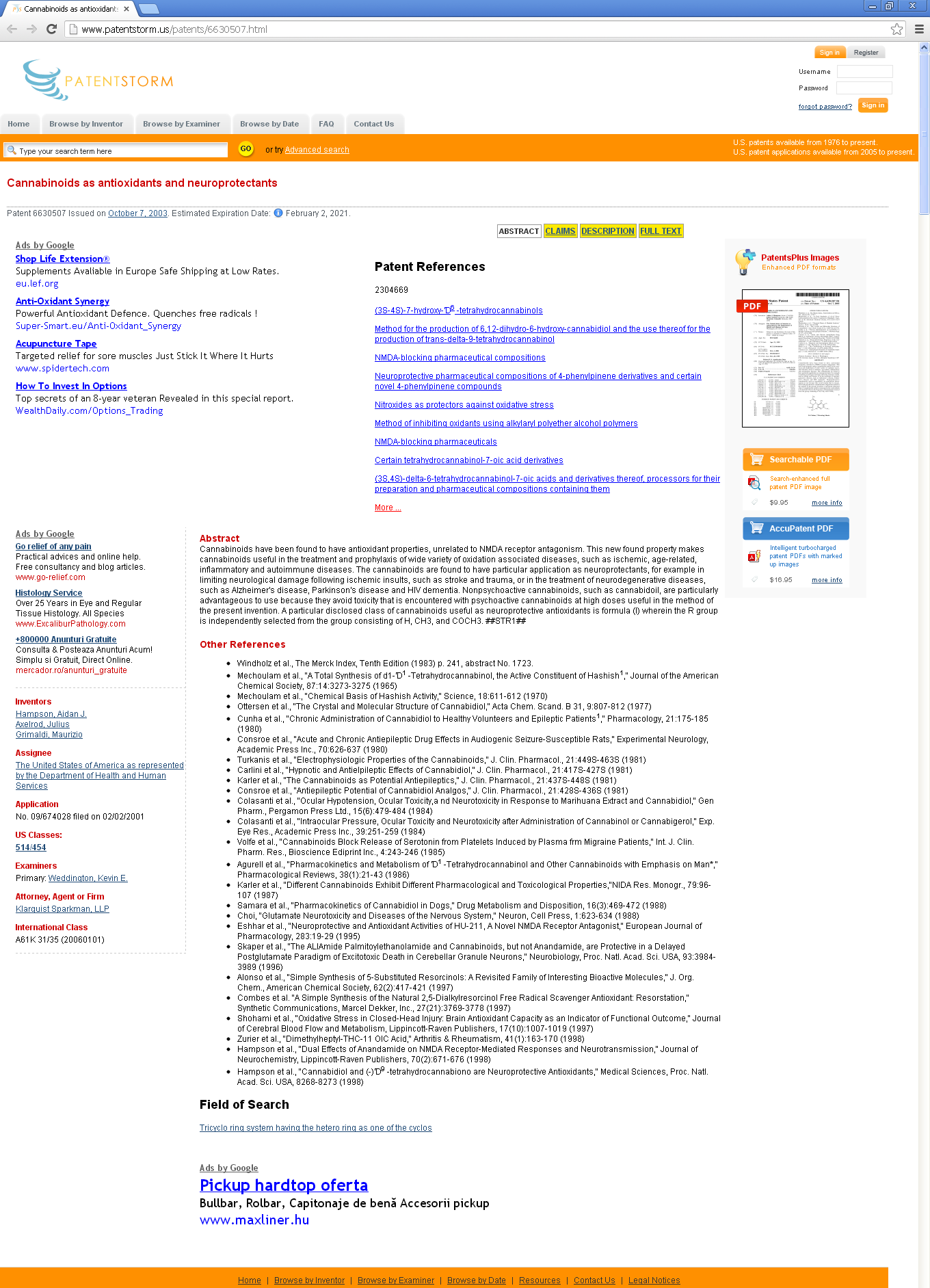
I believe disseminating information about this patent as widely as possible, and to as many people as possible is a crucial strategy in loosening that lynch pin, and changing public perception about cannabis. I, personally, downloaded the first page of this patent and sent a copy (with the assignee highlighted) to every one of my elected representatives. I have also included information about it in "letters to the editor" referencing any cannabis related news story I come across, I use it as an argument in every State medical cannabis and decriminalization initiative, and have mentioned it in all my comments to online posts and blogs of the same nature. I would be delighted if everyone who believes the War on Drugs is a failed and destructive policy, would do the same, until the existence of this irrefutable patent becomes widely held public knowledge, and government 's rhetoric is shown to be as hollow as a busted drum.
Source: stopthedrugwar.org - Author: Brinna Nanda - July 23, 2008
No one really has any idea what kind of pollution is going on in our oceans today. It is easy to turn a blind eye or pretend that it doesn’t exist, though in certain areas of the world, where plastic bags and bottles are strewn along the shoreline, it’s harder to ignore. It is the kind of issue that leaves you wondering what you can do personally to effect global change. One 19 year old boy came up with a solution. Boyan Slat is a young, 19 year old inventor and he has created something that he says can give us clean oceans globally in only 5 years.

Would you believe something like 20 billion tons of plastic brewing out in the world’s oceans? That’s about right. They even have a name for one big pile of garbage accumulating out there in the Pacific ocean. It’s called the “Great Pacific Garbage Patch” and it’s getting worse every year. In fact, over the past 40 years it has multiplied one hundred fold, according to a recent study reported by NBC news in May of 2012. Since then, it’s sure to have grown even more.
Slat’s design includes some floating blooms which would suck all this plastic into it much in the same way as a funnel works. There are plastic processing plants out there in the ocean, though much of the garbage never reaches it. Slat’s blooms would suck all the plastic and then direct it to these processing plants. These plants separate the material, releasing that which is natural and recycling everything else. If his idea works, it is estimated that the world’s oceans could be free of this floating garbage, clean again in as little as only 5 years.
Boyan wrote a paper on his idea in school, which was then recognized and given Best Technical Design in 2012 from the Delft University of Technology. Since his award, Boyan Slat started a non-profit organization to work on the project and get it going, called The Ocean Clean-up Foundation. His idea is ocean and solar powered and would save many fish and other aquatic species who are threatened by the current condition of the oceans. His foundation will raise money and work on the actual immediate implementation of the project so the oceans can start cleaning up as soon as possible.
Much of the oxygen we breathe on the planet comes from the marine phytoplankton, more than from all the forests on the earth. If the oceans suffer, we do. This new technology created by a 19 year old who cares could clean our oceans globally in only 5 years. For more information on this evolutionary technology and to contribute to the project visit Boyan’s website. For something as dismal as environmental clean-up, Boyan makes it sound not only simple, but doable in a short period of time. These are the kind of solutions we need and fast. They always said the children would lead us. Perhaps it is time to take the ideas of our youth more seriously and open ourselves up to the possibility that we are just around the corner from total global solutions. Thanks kids!
Author: Stasia Bliss - Source: guardianlv.com
The outcome of any serious research can only be to make two questions grow where only one grew before. -Thorstein Veblen
What is the "The Zeitgeist Movement" (TZM)? The term "Zeitgeist" is defined as the "general intellectual, moral and cultural climate of an era." The Term "Movement" simply implies "motion" or change. Therefore The Zeitgeist Movement (TZM) is an organization which urges change in the dominant intellectual, moral and cultural climate of the time.

What is the dominant intellectual, moral and cultural climate of this time? Well, we all know that it is lousy. Horrible!! Every 5 seconds one child dies of hunger! There is no peace but only short intervals between wars. Even the 15% richest persons in this planet – who have a house, a car, a cell phone and a fridge – are sad slaves that live in a "democracy" dream that they themselves can not describe what the term means. The truth is that we can do much better than that. And by applying the scientific knowledge we have today in providing all basic needs to all the worlds people, money would become obsolete together with the slavery it perpetuates. In fact, even the richest man today would live much better if we would do so. We have more than enough resources for all. It is time to make this understanding a GLOBAL culture.
To dive into this wonderful understanding of the possibilities of mankind, check these sources: TheZeitgeistMovement.com
It’s almost too taboo to discuss: pregnant women & marijuana. It’s a dirty little secret for women, particularly during the harrowing first trimester, who turn to cannabis for relief from nausea and stress.

Pregnant women in Jamaica use marijuana regularly to relieve nausea, as well as to relieve stress and depression, often in the form of a tea or tonic.
In the late 1960s, grad student Melanie Dreher was chosen by her professors to perform an ethnographic study on marijuana use in Jamaica to observe and document its usage and its consequences among pregnant women.
Dreher studied 24 Jamaican infants exposed to marijuana prenatally and 20 infants that were not exposed. Her work evolved into the book Women and Cannabis: Medicine, Science and Sociology, part of which included her field studies.
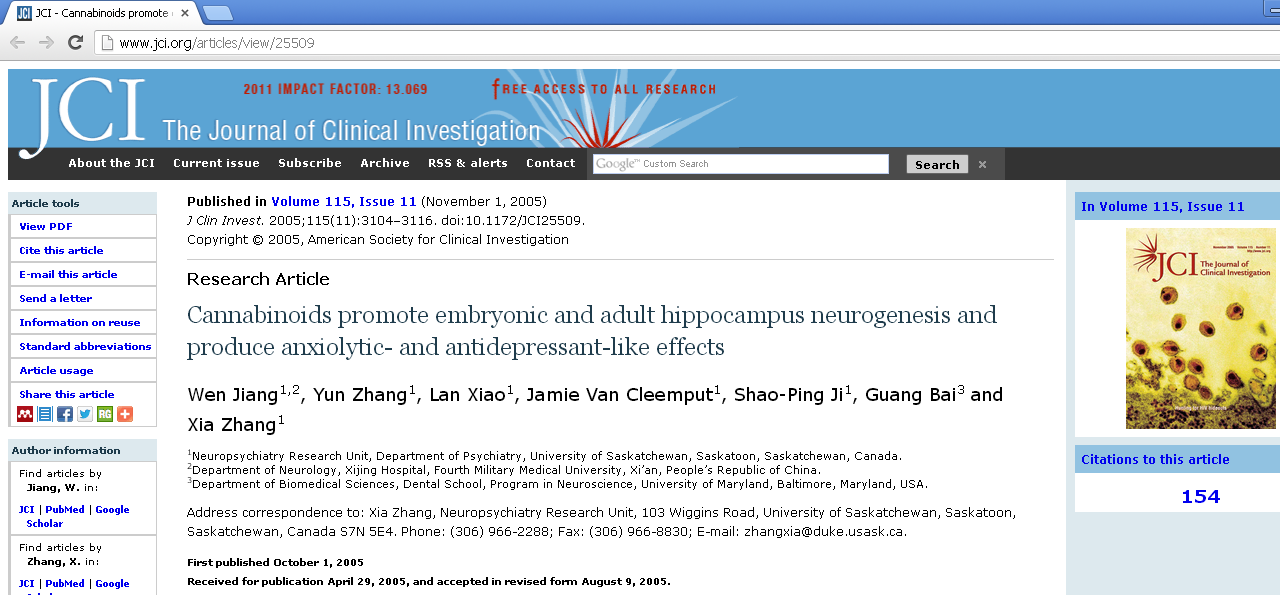
Most North American studies have shown marijuana use can cause birth defects and developmental problems. Those studies did not isolate marijuana use, however, lumping cannabis with more destructive substances ranging from alcohol and tobacco to meth and heroin.
In Jamaica, Dreher found a culture that policed its own ganja intake and considers its use spiritual. For the herb’s impact when used during pregnancy, she handed over reports utilizing the Brazelton Scale, the highly recognized neonatal behavioral assessment that evaluates behavior.
The profile identifies the baby’s strengths, adaptive responses and possible vulnerabilities. The researchers continued to evaluate the children from the study up to 5 years old. The results showed no negative impact on the children, on the contrary they seemed to excel.
Plenty of people did not like that answer, particularly her funders, the National Institute on Drug Abuse. They did not continue to flip the bill for the study and did not readily release its results.
“March of Dimes was supportive,” Dreher says. “But it was clear that NIDA was not interested in continuing to fund a study that didn’t produce negative results. I was told not to resubmit. We missed an opportunity to follow the study through adolescence and through adulthood.”
Now dean of nursing at Rush University with degrees in nursing, anthropology and philosophy, plus a Ph.D. in anthropology from Columbia University, Dreher did not have experience with marijuana before she shipped off for Jamaica.
She understands that medical professionals shy from doing anything that might damage any support of their professionalism, despite marijuana’s proven medicinal effects, particularly for pregnant women.
Dr. Melanie Dreher’s study isn’t the first time Jamaican ganja smoking was subjected to a scientific study. One of the most exhausting studies is Ganja in Jamaica—A Medical Anthropological Study of Chronic Marijuana Use by Vera Rubin and Lambros Comitas, published in 1975. Unfortunately for the National Institute of Mental Health’s Center for Studies of Narcotic and Drug Abuse, the medical anthropological study concluded:
Despite its illegality, ganja use is pervasive, and duration and frequency are very high; it is smoked over a longer period in heavier quantities with greater THC potency than in the U.S. without deleterious social or psychological consequences.
Source: ireadculture.com - Author: Janelle Stone
Jacqueline Patterson was born with cerebral palsy, a congenital disorder that affects her motor functions. As a result of her condition, she suffers from a severe stutter and major pain and weakness on her right side. This video showcases the amazing effect of cannabis on her condition.
Cerebal Palsy is an umbrella term encompassing a group of non-progressive, non-contagious motor conditions that cause physical disability in human development, chiefly in the various areas of body movement - Wikipedia At some point very early in life, either while a baby is still growing in the womb, during birth or shortly after, something happens to interfere with the normal development of the brain or to injure the brain tissues. This abnormal development or injury disrupts the nerve signals between the brain and the muscles, leading to problems with movement, posture and coordination as the child grows up. While some people are severely affected, others have only minor disruption, depending on which parts of the brain are not functioning properly. It's estimated that as many as 1 in every 400 children may have cerebral palsy. - BBC Health As a mother she doesn't want her disability to affect her relationship with her children, so she's sought out alternative treatment for her disorder. She's found that cannabis is the most effective treatment for her stutter. However if she's caught buying or smoking marijuana she could lose custody of her children. So, she drives the streets of Kansas City looking for pot. Jacqueline says it's worth the risk because the pain she endures makes her feel as though she's "half the mother" she wants (and needs) to be for her children. After Jacqueline was reported for cannabis possession in Iowa, she moved to California and won a court case arguing that her consumption of marijuana was strictly for medicinal purposes. Hit up Jacqueline on Twitter @ medicalmaryjane. For the full documentary, watch In Pot We Trust, which covers "a range of medical, social and political views and the medical purposes of marijuana in relation to Glaucoma, Leukaemia, Multiple Sclerosis, Multiple Exostoses and Post-Traumatic Stress Disorder."
What scientists now know is that anorexia actually leads to changes in the brain – specifically in pathways connected to marijuana.
These pathways are part of the endocannabinoid system, which include natural marijuana-like chemicals (cannabinoids) and the receptors that they bind to.
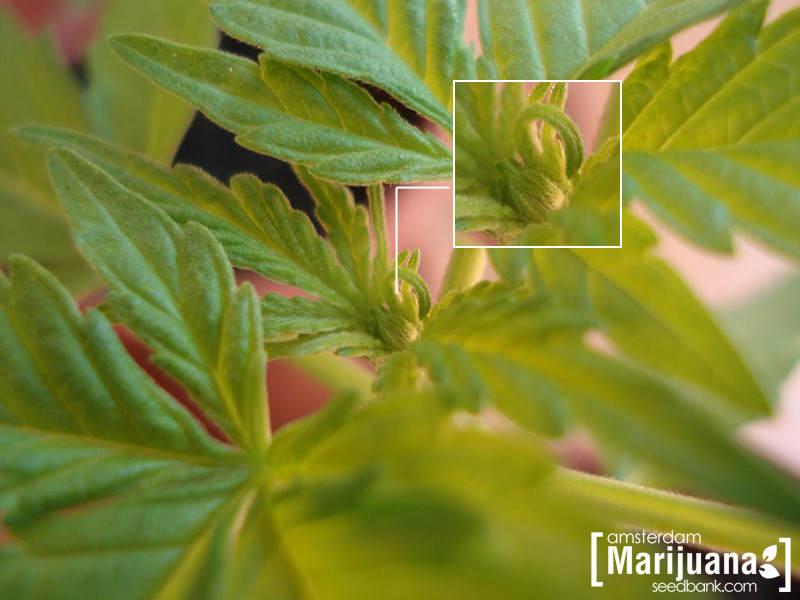
Last week, a team of Belgium researchers published more evidence of this relationship from a “well-known rodent model” of anorexia nervosa.
Their findings appear online in the European Journal of Nuclear Medicine and Molecular Imaging.
These data point to a widespread transient disturbance of the endocannabinoid transmission, specifically for CB1 receptors in the ABA model [activity-based rat model of anorexia].
They also concluded that a change in the brain’s cannabinoid system likely takes place as an effect – rather than a cause – of anorexia.
Specifically, their findings suggest that the body creates more receptors to compensate for a “chronically hypoactive” endocannabinoid system in cases of anorexia. But these changes may only be temporary, since receptors rebounded to normal levels after the experiments stopped.
Like marijuana, chemicals that make up the endocannabinoid system act as regulators of appetite.
Some scientists believe that the body may produce lower levels of these chemicals in order to improve the ability to survive during periods of “prolonged starvation” – or anorexic states.
That is, patients with anorexia may experience a natural decrease in appetite because of changes that occur in the brain.
Although yet to be tested in anorexia, the authors note that marijuana has been shown to increase food intake in other patient groups.
Cannabis and cannabinoid agonists with minimal psychoactive side effect profile have been used as eating stimulants in acquired immunodeficiency syndrome (AIDS) or cancer patients.
Unfortunately, treatment options are limited when it comes to anorexia and full recovery is seen in only 40-50 % of patients, according to the authors.
They hope their latest findings will lead to a better understanding of how marijuana-based treatments may be used to help patients recover from the eating disorder.
The study was published ahead of print and received funding from the Research Council of the Katholieke Universiteit Leuven, the Fund for Scientific Research, Flanders, Belgium, and the K.U. Leuven Molecular Small Animal Imaging Center
Source: TruthOnPot.com
Now a team of German scientists has found evidence that a lack of marijuana pathways in the brain may contribute to symptoms of Alzheimer’s disease.
These pathways – known as cannabinoid receptors (or CB1 receptors) – are found throughout the brain and are responsible for the high that marijuana gives. The researchers concluded that targeting these pathways may be effective at reversing some of the cognitive problems in patients with Alzheimer’s.

Their results will be published in the November journal of Neurobiology of Aging.
The findings indicate that CB1 deficiency can worsen AD [Alzheimer's Disease]-related cognitive deficits and support a potential role of CB1 as a pharmacologic target.
CB1 receptors are part of the brain’s endocannabinoid system, which also include naturally produced chemicals that mimic the effects of marijuana. These chemicals, called cannabinoids, regulate a wide variety of cognitive functions.
In the study, researchers compared rats with Alzheimer’s and found that those with a loss of CB1 receptors had more severe problems with learning and memory. They also had lower body weights and higher rates of premature death.
Other studies have identified lower levels of CB1 receptors among human subjects with Alzheimer’s, suggesting that this may be a natural effect of the disease.
What’s more, previous animal studies have found marijuana-based treatments effective at reversing both the symptoms and underlying factors of Alzheimer’s.
Despite its promise, human trials of marijuana have yet to be conducted, even as the disease becomes increasingly common.
Without a breakthrough in treatment, the number of Alzheimer’s cases are expected to triple over the next 50 years.
The study was published ahead of print and received funding from the DFG research group.
Source: TruthOnPot.com
|